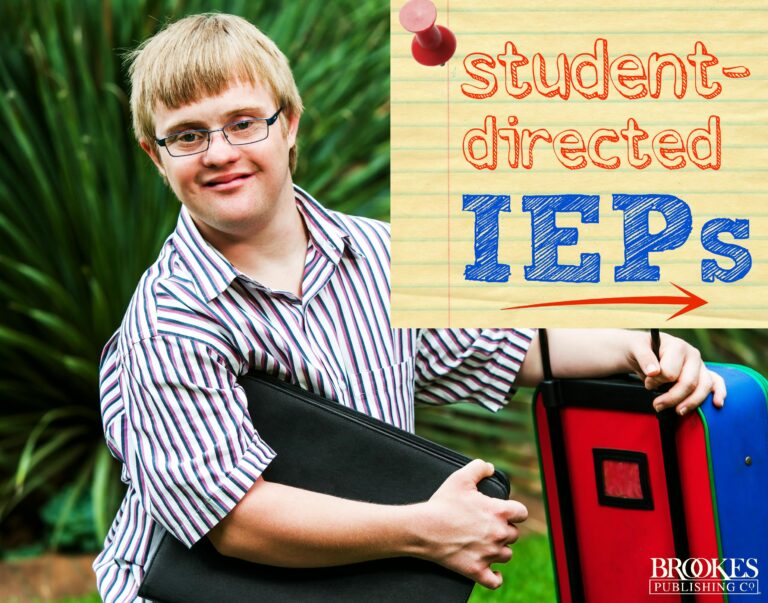Addressing Barriers to Effective Individualized Education Programs (IEPs) for Children with Disabilities
Administrative Complexities and Prolonged Delays: Increasing Struggles for Families
For parents seeking tailored educational support through Individualized Education Programs (IEPs), the process has become a labyrinth of bureaucratic hurdles. The surge in procedural demands has led to longer wait times, overwhelming paperwork, and frequent miscommunications between families and school personnel. Many caregivers report feelings of frustration and powerlessness, as the system often seems to obstruct rather than facilitate prompt access to critical services, compounding the emotional and financial pressures already faced by families.
These bureaucratic challenges often result in missed deadlines and delayed educational interventions. Common issues encountered include:
- Delayed assessments that postpone the initiation of necessary accommodations
- Extended scheduling gaps caused by limited special education staff and conflicting calendars
- Inconsistent follow-up on service delivery and annual IEP evaluations
- Overly complicated forms that intimidate parents and hinder their advocacy efforts
| Challenge | Impact on Families | Potential Consequence |
|---|---|---|
| Lengthy Waiting Periods | Increased anxiety and uncertainty | Slowed academic progress |
| Complex Documentation | Confusion about legal rights and procedures | Missed deadlines or insufficient support |
| Scheduling Conflicts | Difficulty attending important meetings | Weakened collaboration with educators |
Impact of Funding Reductions on Personalized Educational Services
Recent reductions in education budgets have severely affected the resources available for Individualized Education Programs, particularly in delivering specialized support to children with disabilities. Numerous school districts face shortages of essential professionals, including speech therapists, occupational therapists, and special education aides. This scarcity results in longer wait times and fewer direct interventions, hindering student growth and forcing parents to become more proactive advocates within an already strained system.
The consequences of these financial limitations include:
- Reduced individualized focus: Staff shortages lead to more generalized support that may not address specific student needs.
- Overloaded educators: Special education teachers manage larger caseloads, limiting their ability to tailor programs effectively.
- Delayed assessments and reviews: Budget constraints slow down initial evaluations and annual IEP meetings, postponing essential services.
| Issue | Effect on Students | Effect on Parents |
|---|---|---|
| Insufficient Staffing | Less personalized instruction | Increased need for self-advocacy |
| High Caseloads | Lower quality of educational plans | Frustration due to slow responses |
| Assessment Backlogs | Missed chances for early support | Heightened concern over child’s progress |
Communication Gaps Between Schools and Families Heighten Parental Discontent
A major contributor to parental dissatisfaction with the IEP process is the ongoing lack of clear and transparent communication between schools and families. Many parents feel sidelined or insufficiently informed during critical stages of IEP development, leading to misunderstandings and diminished trust. The absence of prompt updates and inconsistent explanations about educational goals, accommodations, and legal rights intensify feelings of isolation, leaving parents disconnected from their child’s educational experience.
Systemic factors contributing to these communication breakdowns include:
- Excessive use of technical language that confuses rather than clarifies key information
- Infrequent meetings that limit opportunities for parents to voice concerns or ask questions
- Dependence on outdated communication channels that may not be accessible to all families
- Lack of adequate cultural and language assistance for families from diverse backgrounds
| Communication Barrier | Impact on Families |
|---|---|
| Technical Terminology | Misunderstanding of rights and services |
| Rarely Scheduled Meetings | Delayed feedback and mounting frustration |
| Insufficient Translation Services | Exclusion of non-English speaking families |
| Unclear Communication Methods | Missed updates and disengagement |
Enhancing Transparency and Strengthening Parent Advocacy
To build trust and improve understanding, schools should adopt standardized communication strategies that demystify the IEP process, making it accessible to all parents regardless of their background. Providing clear, jargon-free summaries after meetings that outline decisions, next steps, and deadlines is crucial. Furthermore, designating parent liaison officers can help close knowledge gaps, ensuring families are fully informed about their rights and available supports.
Empowering parents goes beyond information sharing; it requires robust support systems such as:
- Workshops and training sessions to boost parents’ confidence in navigating special education procedures
- Peer support networks where families can share experiences and guidance
- Clear, accessible processes for raising concerns and resolving disputes
| Challenge | Proposed Solution | Anticipated Outcome |
|---|---|---|
| Confusing Language | Implement simplified summaries | Greater clarity and trust |
| Irregular Communication | Assign dedicated parent liaisons | Consistent support and engagement |
| Limited Advocacy Skills | Offer community-based workshops | Enhanced parental empowerment |
Conclusion: Building a More Inclusive and Accountable IEP Framework
As conversations about reforming special education continue, families of children with disabilities face increasing uncertainty about the future of Individualized Education Programs. While IEPs remain essential for securing personalized educational support, emerging challenges and bureaucratic complexities threaten to complicate an already demanding process. It is critical that educators, policymakers, and advocates work collaboratively to ensure that reforms improve, rather than impede, families’ ability to advocate effectively. The next generation of changes must balance accountability with accessibility, centering the unique needs of students with disabilities.




